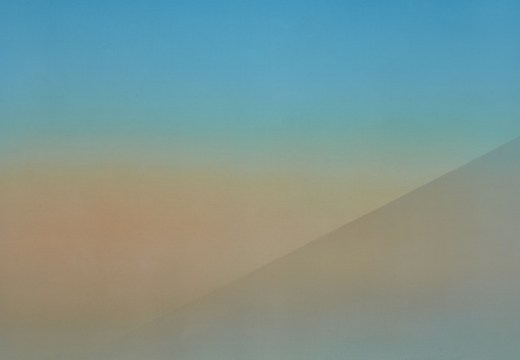In this ongoing series, Apollo previews a range of international exhibitions, asking curators to reveal their personal highlights and curatorial impulses. Christine Riding is Senior Curator of Arts at the Royal Museums Greenwich, and curator of ‘Turner and the Sea’.
Can you tell us a bit about the exhibition?
‘Turner and the Sea’ is the first major exhibition to explore the artist’s life-long engagement with the sea. It includes many of Turner’s most celebrated seascapes, from the first exhibited works that established his reputation to his late experimental canvases. We’re showing these alongside the work of other artists, like Van de Velde, Claude, Vernet, Gainsborough, Constable and Bonington, who challenged and inspired him.
What makes this a distinctive show?
Maritime Greenwich is both a unique setting and a unique context for displaying Turner’s seascapes. Turner knew Greenwich well and he and his contemporaries would have appreciated its powerful maritime connections, above all with the Royal Navy’s greatest hero, Vice-Admiral Nelson. The old warship ‘Temeraire’ passed Greenwich in 1838, en route to Rotherhithe to be broken up; it’s the subject of Turner’s celebrated painting.
How did you come to curate this exhibition?
Before working at the Royal Museums Greenwich, I was a curator at Tate. In 2008, Stephen Deuchar, then director of Tate Britain, asked me if I was interested in leading an exhibition on Turner at the National Maritime Museum. Naturally I said ‘yes please!’
What is likely to be the highlight of the exhibition?
The whole experience. I feel sure that visitors will really enjoy immersing themselves in Turner’s creative responses to the sea. It’s astonishing how diverse and innovative the works of art are and how much material Turner generated on the subject over his long career – you could almost call it an obsession.
And what’s been the most exciting personal discovery for you?
Turner is undoubtedly the greatest sea painter in British art. However, working on the exhibition has underlined how rich the tradition of marine painting was pre-Turner and how vibrant and competitive the genre was during his lifetime.
What’s the greatest challenge you’ve faced in preparing this exhibition?
Anyone who has worked on a Turner exhibition will know how challenging it is to get loans. Turner is one of the best-loved artists in the world and some institutions and private collectors are understandably loath to take their masterpieces off display. Luckily for us, people have been amazingly generous.
How are you using the gallery space? What challenges will the hang/installation pose?
The design of our Turner exhibition is very open plan, with fantastic sightlines from gallery to gallery. Visitors will be able to stand in one place and see across three or four galleries. We were very careful with wall colours, going for a range of warm greys that will make the works of art ‘ping’. I think most curators find exhibiting works on paper a challenge, especially getting away from the straight, single hang – we’ve come up with an interesting solution…
Which other works would you have liked to have included?
Well, if you’ve managed to secure works of the quality of the Fighting Temeraire, Snow Storm – Steamboat off a Harbour’s Mouth, Staffa – Fingal’s Cave, The Whale Ship and Wreck of a Transport Ship…(I could go on)…then it seems a little much to highlight works that are not included. However, if I had to mention one, it would be Slavers from Boston, which couldn’t be included due to its fragile condition.
‘Turner and the Sea’ is at the National Maritime Museum from 22 November 2013–21 April 2014.
Unlimited access from just $16 every 3 months
Subscribe to get unlimited and exclusive access to the top art stories, interviews and exhibition reviews.












![Masterpiece [Re]discovery 2022. Photo: Ben Fisher Photography, courtesy of Masterpiece London](http://www.apollo-magazine.com/wp-content/uploads/2022/07/MPL2022_4263.jpg)
Why are fathers so absent from art history?